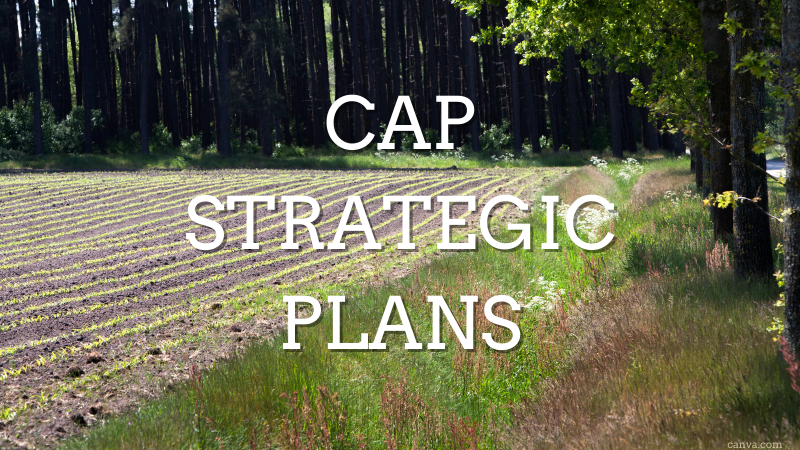
Carbon Farming is the new hype in agriculture. A proposal for a Certification Framework of Carbon Removals was proposed back in November by the Commission and there is a strong push by the Swedish presidency and French government to make it happen quickly. But can a Europe-wide Carbon Farming program coexist with the CAP? In this article, we explore the similarities and contradictions between the two.
Find the article in Polish here.
By Mathieu Willard
Carbon Farming, isn’t the CAP doing it already?
All parameters of soils are deteriorating in the EU. Erosion, compaction, organic matter decline, pollution, loss of biodiversity and salinization are all threats that need to be addressed. Soil erosion is about two times higher than soil formation on the EU’s agricultural lands and around 45% of mineral soils have low or very low organic carbon content.
This is mainly due to the widespread use of intensified farming practices, which then address the depletion of soil fertility by increasing the use of chemical fertilizers combined with ploughing, inducing more problems for soil structure, biodiversity and water quality. And this is, at least in part, the heritage of a CAP that has spent decades supporting intensive farming.
The current CAP is unlikely to fundamentally change these trends. An assessment by EEB and Birdlife showed that the CAP Strategic Plans (CSP) lack strong and appropriate action to safeguard and maintain healthy soils.
When we look at the good agricultural and environmental conditions (GAECs), three are relevant for soil protection and quality. GAEC 5 deals with tillage management, GAEC 6 with soil covers in sensitive periods and GAEC 7 with crop rotation. But those compliance rules are subject to many derogations and are weakly implemented by most of the Member States. GAEC 5 is found to be applied in limited circumstances. The sensitive period over which GAEC 6 applies often lacks sufficient timespan. And GAEC 7 allows for derogations from crop rotations in favour of crop diversification and generally proposes a very weak definition of crop rotation as “a change of crop at least once a year at land parcel level”. Moreover, it was decided back in July 2022 by the Commission to allow Member States to derogate from GAEC 7 for the year 2023 to ensure food security through maximised productivity. 25 Member States decided to use this derogation.
Overall, eight Member States (CY, DE, DK, ES, HR, LT, NL, PL) included carbon farming measures in their CSP. Eco-schemes and agri-environmental climate measures both offer good opportunities to fund practices for improving soil health and increase carbon sequestration. Unfortunately, both barely go beyond the compliance rules of the GAECs, and very few Member States adopted a holistic approach, which would be necessary for long-term carbon sequestration that also delivers environmental co-benefits and improves overall soil quality and biodiversity. Nevertheless, some implemented measures can be considered to have good potential. For example, in Germany, a combination of 3 eco-schemes (agroforestry, crop rotation and diversification, extensification of grassland) could have good outcomes in terms of carbon storage.

To assess the specific objectives of the CAP related to soil health and carbon sequestration (Article 6 (d) and (e) of Regulation 2021/2115), two result indicators provide supporting data. R14 (carbon storage in soils and biomass) and R19 (improving and protecting soils) are both assessing the share of agricultural land that is under supported commitment, through eco-schemes or other tools. They indicate how much funds are being used for each specific goal, but do not provide information on the quality of the commitment supported. Those targets should therefore be assessed carefully. In most cases, the higher the target value, the lower the ambition of the measure assigned to it.
Even though their ambition is unsatisfactory right now, the CAP does offer a number of useful tools for implementing Carbon Farming, through GAEC standards, eco-schemes and rural development agri-environmental and climate measures. A voluntary market-based Carbon Farming approach, as would be enabled by the Commission’s Certification Framework on Carbon Removals, could be seen as a dangerous stretch when tools do exist in the CAP and just need to be more coherently implemented.
Complementary Regulations?
In the proposal made by the Commission, Carbon Farming is presented as a complementary tool and should “ensure actions in land not supported by the CAP”. Moreover, the Commission is counting on the CAP budget to “help with the uptake of certification by covering upfront investments and by promoting relevant practices at farm level”. For now, it seems like Carbon Farming is only considered as a secondary tool and would have trouble developing without the CAP to support it.
But the most obvious link that can be established between the two regulations is to be found on the receiving end of both programs. Indeed, it is important to note that the CAP was an active force in depleting soil carbon stocks and that the farmers that have historically earned the most through it will be part of the largest recipients of a Carbon Farming program as well. For example, a study produced by the French institute INRA shows that, in France, “most of the additional storage potential is in soils dedicated to arable crops, which is largely due to the fact that inherited stocks are low”. This shows that farmers who have been cultivating large areas, often grain crops, and have depleted soils through years of intensive farming, will find the biggest economic opportunity in Carbon Farming.
And although Carbon Farming is presented as a complementary tool to the CAP, there remain some interrogations on certain modalities of their interaction, especially on additionality.
The additionality rule, a danger for reforming CAP
As defined in the CRCF proposal, the principle of additionality refers to the necessity that a practice leading to a carbon removal or emission reduction would not have happened without the incentive of the remuneration and should go beyond Union and national statutory requirements.
On the EU level, this definition leaves us wondering what the implications are when considering the CAP. The conditionality of the CAP (Annexe III regulation) is made up of GAECs and statutory management requirements (SMRs). The GAECs are strictly linked to CAP payments. Only farmers who wish to receive full CAP subsidies have to comply. The EU leaves many details of design and implementation to the discretion of individual EU member states and their regions. SMRs connect the CAP to wider EU legislation that governs the environment, public health, animal health, plant health and animal welfare, and their implementation is mandatory whether the farmer receives CAP funding or not.
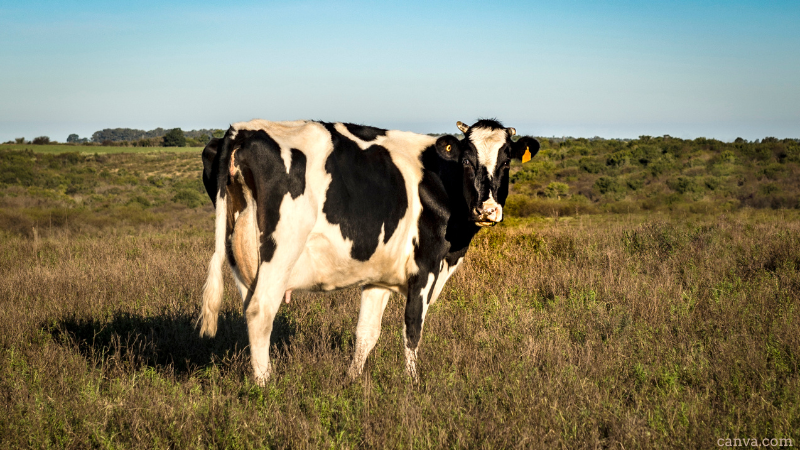
Moreover, incoming proposals such as the Soil Health Law, might add to the statutory requirements to be taken into account. This new proposal will be essential in setting new rules to prevent risks for soils such as erosion, landslides, loss of soil organic matter, salinization, contamination and compaction as well as soil biodiversity.
On those premises, it becomes clear that assessing additionality would be a complicated mess. That is why the CRCF is proposing to ensure the additionality by calculating the results of carbon stocked in comparison to a standardised baseline. The baseline should reflect the standard performance of comparable activities in similar social, economic, environmental and technological circumstances and geographical locations. It will thus be considered that “a carbon removal activity that generates carbon removals in excess of such a baseline should be presumed to be additional”.
Only where duly justified can a carbon farming project’s additionality be assessed against an individual baseline. In that case, it is mentioned that the additionality will be demonstrated through “specific tests”. In such instances, the certification entity might need to prove that the project goes beyond statutory law, including SMRs, GAECs translated into national law and other national law specificities.
But this system could easily become a fraud. We don’t know how quickly the baseline will adjust to a new Soil Health Law or improved GAECs. Carbon Farming could therefore easily end up financing the uptake of new compliance rules.
The way in which the baselines will be defined would thus have a major effect on the economic gains of operators. It should be expected that a lot of pressure will be put on baseline development to increase the economic and offsetting opportunity of different actors.
But even if a baseline centred methodology turns out to disclose with precision what is or isn’t additional, it will not solve a massive issue with additionality, its chilling effect on future CAP reforms.
Indeed, every seven years, conditionality rules are revised, hopefully to become stricter and drive agricultural practices towards more resilience, by enforcing the implementation of agroecological practices. Those compliance rules of the CAP will be a main driver for baseline definition. It is therefore important to consider that stricter GAEC standards would reduce the economic opportunity of carbon farming. A broad implementation by farmers of eco-schemes and agri-environmental climate measures would also impact the baselines and reduce the additionality gap. A considerable development of market-financed carbon farming in Europe could thus lead to very complicated negotiations for the future conditionality standards of the next CAP programming.
Similar impact on land, similar solutions?
The regulation proposal made by the Commission does not address the issue of land prices and accessibility. It is however a crucial topic. Empirical studies have shown that agricultural subsidies, mainly through CAP direct payments, are partly capitalised on land prices and rents. Large landowners have also been shown to grab consequential amounts of subsidies[1]. The CAP has been a key cause for the increase in farm size and the disappearance of small and medium family farms in Europe. Carbon farming will most definitely produce a similar effect.
Australia has had to deal with this issue. Their carbon farming program, launched in 2011, caused a land rush by investors. The government had to put forward legislation that allows them to veto carbon farming programs exceeding 15ha to stop financial companies from buying up farmland and converting it to tree plantations for carbon credits.
Capping carbon farming revenues could indeed be a necessary tool to limit land speculation. It could be introduced through a cap on revenues (as it is proposed in the CAP but not mandatory) or area of the project.
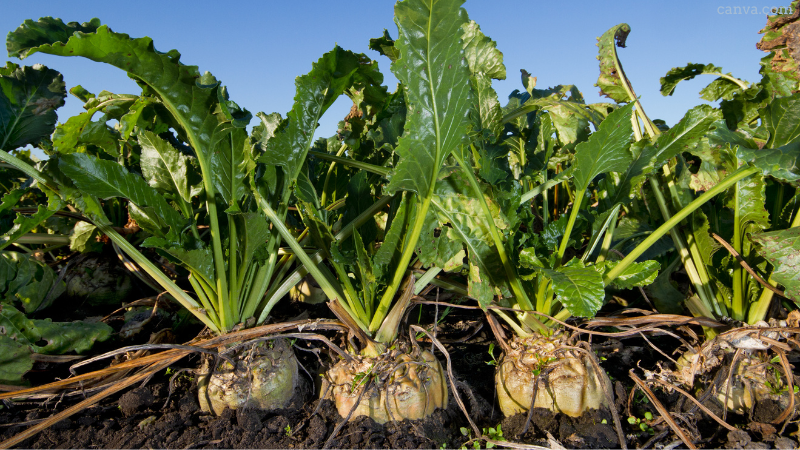
Other CAP tools can also be translated to carbon farming. Clear definitions of who could profit from carbon farming revenues should also be introduced. The recipient of those revenues should be an active farmer and the definition should not exclude small-scale farms. Moreover, it would also be essential to build a list of recipients that would be excluded from receiving such revenues.
Conclusion
The CAP and the Carbon Farming proposals are linked in many ways. As we’ve seen, Carbon Farming projects are often still dependent on the CAP to kickstart their programs. Farmers that earned the most through the CAP are the ones that are likely to benefit the most from Carbon Farming. It is expected that Carbon Farming will have the same impact on land accessibility as the CAP has had. And the stronger Carbon Farming will get, the weaker the CAP might become.
To let Carbon Farming develop in the EU without a good frame would be one step deeper into a system that has run out of steam, locking farmers and society further in a dead end.
But what if this frame was the CAP? As we’ve shown, this is already partially the case. Carbon Farming practices are already promoted by the CAP through GAECs, eco-schemes and agri-environmental and climate measures. But their budget, articulation and ambition do not provide for a positive outlook.
We do believe, however, that another CAP is possible (see our article here), where public money is used for public good. And to give it a chance, we need to be very careful with the way we invest into Carbon Farming.
As an alternative, and if at all implemented, private Carbon Farming could be governed by local authorities, on closed regional districts (see here), with a strict framework. Carbon Farming should be framed to enhance local dynamics of transitions towards agroecology. To that end, the Commission should launch testing districts to evaluate how such an approach would work in practice and if it could effectively minimise the risks associated with Carbon Farming. We know the commune of Plessé is already interested and has made a proposal. Others will likely follow.
In any case, we should not rush into a voluntary market (VCM) based version of Carbon Farming as enabled by the CRCF. Allowing GHG emissions offsetting in VCMs is likely to lead to false pretence of climate action and delay necessary emissions reductions. It will provide incentives for economic operators and public authorities to rely on carbon removal offsets and allow them to make misleading claims about their climate impact, without actually reducing emissions. This could create a major loophole for polluters to avoid emission reductions which would in the end backfire on our agricultural system, impacting overall biodiversity as well. The IPCC AR6 report emphasised that carbon removals cannot replace the need for substantial emission reductions, including addressing emissions from industrial agriculture. Reductions are the number one priority and should remain as such.
Another option would be to develop Carbon Farming only through the CAP and a new Nature Restoration Fund for projects on non-agricultural land or full-scale ecosystem restoration on agricultural land. That would mean further reforming the CAP to reinforce its “public money for public goods” and result-based orientation.
[1] Cash Investigation – FranceTvInfo – Agriculture: où sont passés les milliards de l’Europe?
Download this article as a PDF
 This article is produced in cooperation with the
This article is produced in cooperation with the
Heinrich Böll Stiftung European Union.
More on CAP Strategic Plans
CAP post-2027: An Integrated Rural and Agricultural Policy – Part 2
CAP post-2027: An Integrated Rural and Agricultural Policy – Part 1
Can the CAP Strategic Plans Help in Reaching our Pesticide Reduction Goals?
Wallonia’s Observation Letter: A plan that fails to address climate and biodiversity crises
CAP Strategic Plans and Food Security: Fallow Lands, Feeds, and Transitioning the Livestock Industry
A Just and Green CAP and Trade Policy in and Beyond the EU – Part 2
A Just and Green CAP and Trade Policy in and Beyond the EU: Part 1
Bulgaria’s CAP Strategic Plan: Backsliding on Nature and Biodiversity
Changes “required” to Ireland’s CAP Strategic Plan – European Commission
French CAP Plan: What Opportunities for Change During the New 2022-27 Presidential Term?
CAP, Fairness and the Merits of a Unique Beneficiary Code – Matteo Metta on Ireland’s Draft Plan
ARC Launches New Report on CAP as Member States Submit Strategic Plans
Slashing Space for Nature? Ireland Backsliding on CAP basics
Quality Schemes – Who Benefits? Central America, Coffee and the EU
Civil Society Organisations Demand Open and Ambitious Approval of CAP Plans
CAP Strategic Plans: Germany Taking Steps in the Right Direction?
CAP Strategic Plans: Support to High-Nature-Value Farming in Bulgaria
Commission’s Recommendations to CAP Strategic Plans: Glitters or Gold?
German Environment Ministry Proposals For CAP Green Architecture
CAP Performance Monitoring and Evaluation Framework – EP Position
A Rural Proofed CAP post 2020? – Analysis of the European Parliament’s Position
CAP Beyond the EU: The Case of Honduran Banana Supply Chains
CAP | Parliament’s Political Groups Make Moves as Committee System Breaks Down
CAP & the Global South: National Strategic Plans – a Step Backwards?
CAP Strategic Plans on Climate, Environment – Ever Decreasing Circles
European Green Deal | Revving Up For CAP Reform, Or More Hot Air?
Climate and environmentally ambitious CAP Strategic Plans: Based on what exactly?
How Transparent and Inclusive is the Design Process of the National CAP Strategic Plans?



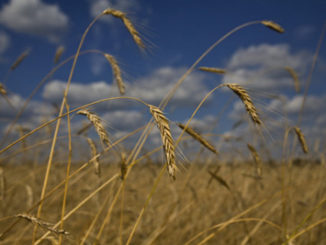
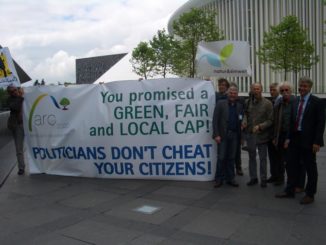
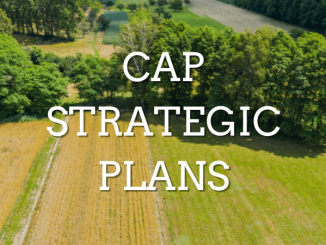
1 Trackback / Pingback
Comments are closed.